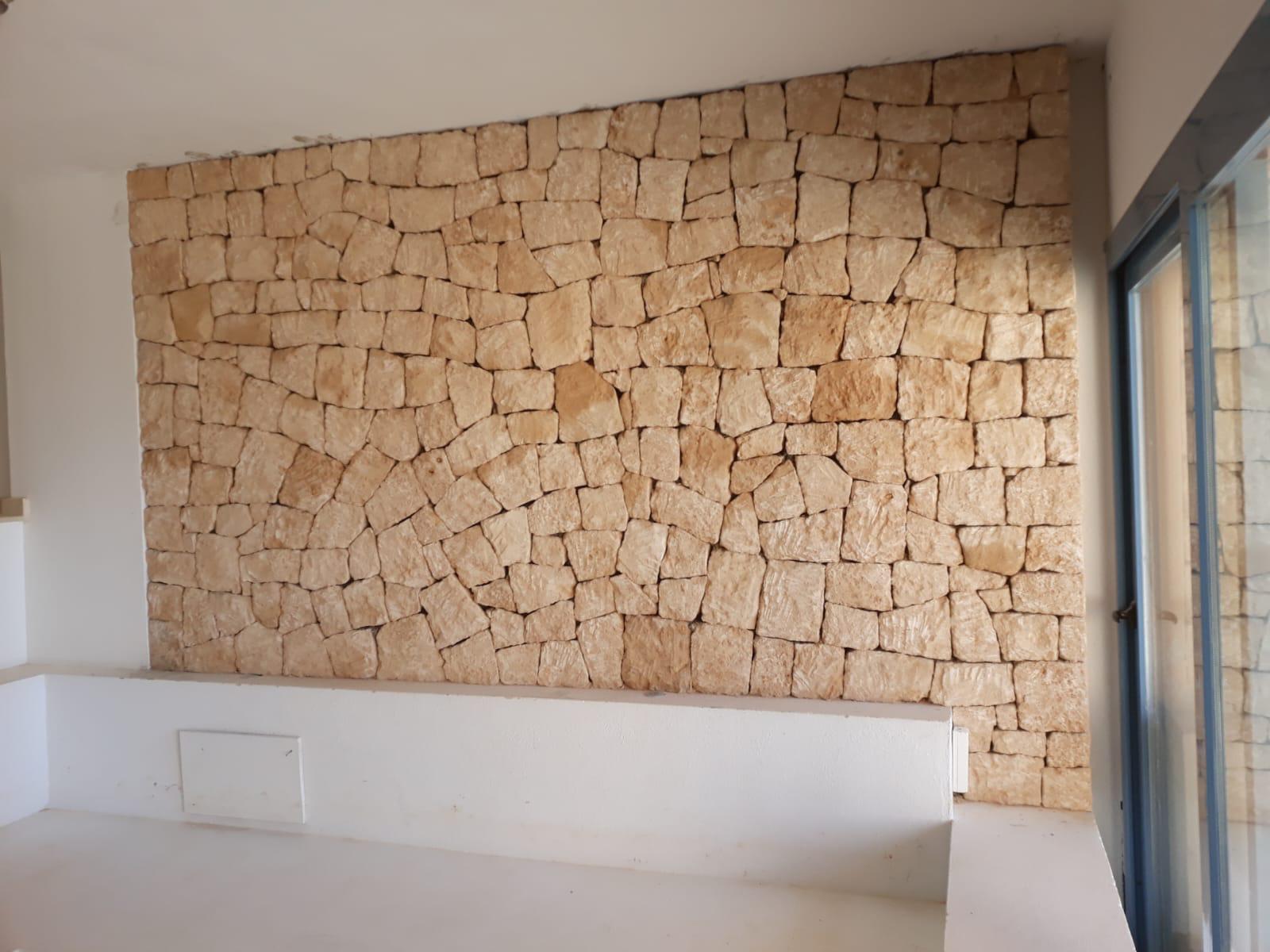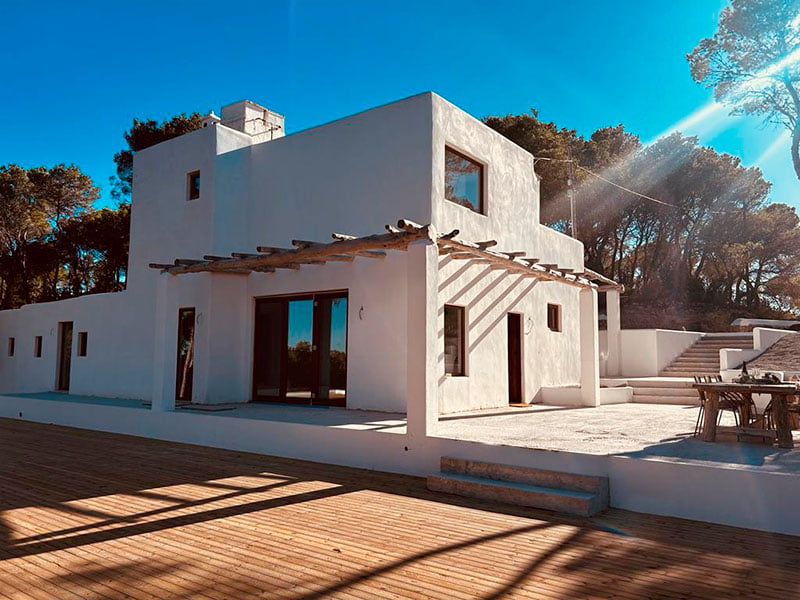Difference between Solar Panels and Solar Roofs: Which is Better? Pros and Cons
Introduction
Solar energy has revolutionized the way we generate and consume electricity. Among the available options, solar panels and solar roofs are two of the most popular solutions. As an expert with years of experience installing both systems, this article aims to break down the key differences, pros and cons of each, and which might be the best option depending on specific circumstances.
What are Solar Panels?
Solar panels, also known as photovoltaic panels, are devices that convert sunlight into electricity through photovoltaic cells. These panels can be installed in a variety of locations, but the most common is the roof of homes.
Types of Solar Panels
- Monocrystalline: Made from a single crystal of silicon, they are the most efficient and durable.
- Polycrystalline: Made from several silicon crystals, they are less efficient but more affordable.
- Thin-Film: Lightweight and flexible, ideal for curved surfaces and large installations.
Pros of Solar Panels
- High Efficiency: Especially monocrystalline panels.
- Versatility: Can be installed on different surfaces and orientations.
- Maintenance: Relatively simple and accessible.
Cons of Solar Panels
- Aesthetics: May not visually integrate well with some buildings.
- Installation: May require structural modifications to the roof.
- Initial Cost: The initial investment can be high.
What are Solar Roofs?
Solar roofs, also known as solar tiles, are a more recent technology that integrates photovoltaic cells directly into the roof tiles. This system turns the roof into a generator of electricity without the need to install additional panels.
Types of Solar Roofs
- Crystalline Silicon Solar Tiles: Offer high efficiency and durability.
- Thin-Film Solar Tiles: Lighter and more flexible but less efficient.
Pros of Solar Roofs
- Aesthetics: Perfectly integrate with the building’s design.
- Durability: Protect the roof from weather while generating electricity.
- Property Value: Can increase the value of the home.
Cons of Solar Roofs
- Initial Cost: Even higher than traditional solar panels.
- Availability: Fewer options available on the market.
- Maintenance and Repairs: Can be more complex and costly.
Comparison between Solar Panels and Solar Roofs
Energy Efficiency
Monocrystalline solar panels are usually the most efficient, with an efficiency of up to 23%. Crystalline silicon solar roofs are also efficient, but their integration into the tiles can slightly reduce their performance compared to traditional panels.
Cost
Cost is a crucial factor. In Spain, the average cost of installing solar panels ranges from 4,000 to 10,000 euros for a single-family home. Solar roofs, on the other hand, can cost between 20,000 and 30,000 euros, depending on the size of the roof and the complexity of the installation.
Maintenance
Solar panels require relatively simple maintenance, generally limited to cleaning and checking connections. Solar roofs, being more integrated into the building structure, may require a greater investment in maintenance and repairs.
Factors to Consider in Choosing the Best Option
- Budget: If the budget is limited, solar panels might be the best option.
- Aesthetics: If appearance is important, solar roofs offer a more discreet solution.
- Efficiency: For maximum energy efficiency, monocrystalline solar panels are superior.
- Durability and Protection: Solar roofs not only generate electricity but also provide additional protection for the home’s roof.
- Available Space: If roof space is limited, solar roofs may be more suitable as they do not require additional space for installation.
Comparison Table
| Feature | Solar Panels | Solar Roofs |
|---|---|---|
| Efficiency | High (up to 23%) | Moderate (up to 20%) |
| Initial Cost | Moderate (4,000-10,000 €) | High (20,000-30,000 €) |
| Aesthetics | Visible, less integrated | Integrated, enhances aesthetics |
| Maintenance | Simple | More complex |
| Durability | High | Very high, protects the roof |
| Availability | High | Low |
Conclusion
Both options, solar panels and solar roofs, have their pros and cons. The choice between one and the other will depend on various factors such as budget, the importance of aesthetics, desired efficiency, and the specific conditions of the home. As an expert, my general recommendation is to opt for solar panels if maximum efficiency and a lower initial cost are sought. However, solar roofs are an excellent option for those who prioritize aesthetics and integration with the architecture of the home, while also providing additional protection for the roof.
Ultimately, the decision should be based on a detailed analysis of individual needs and priorities, always considering consulting with professionals to get the best personalized advice.








